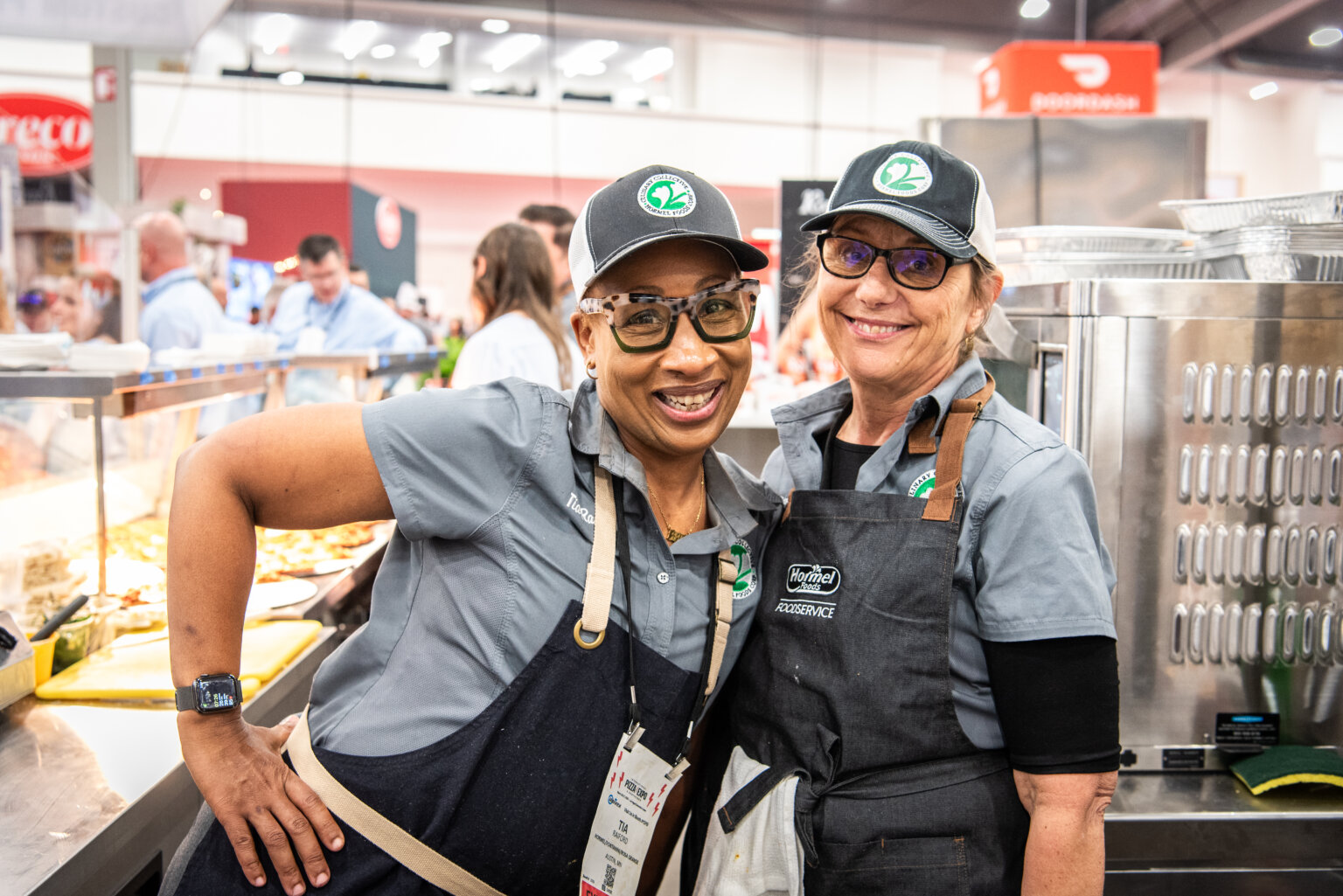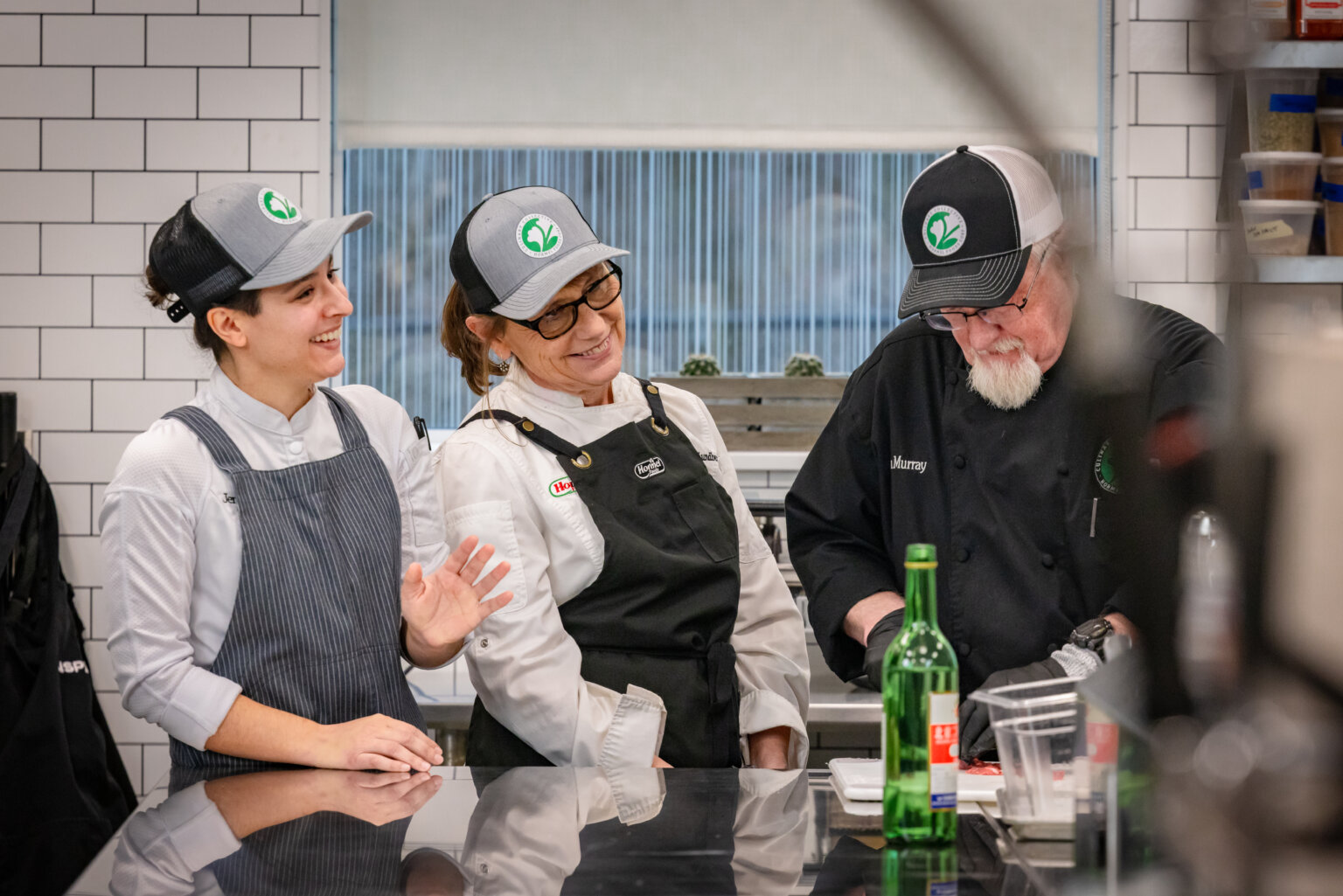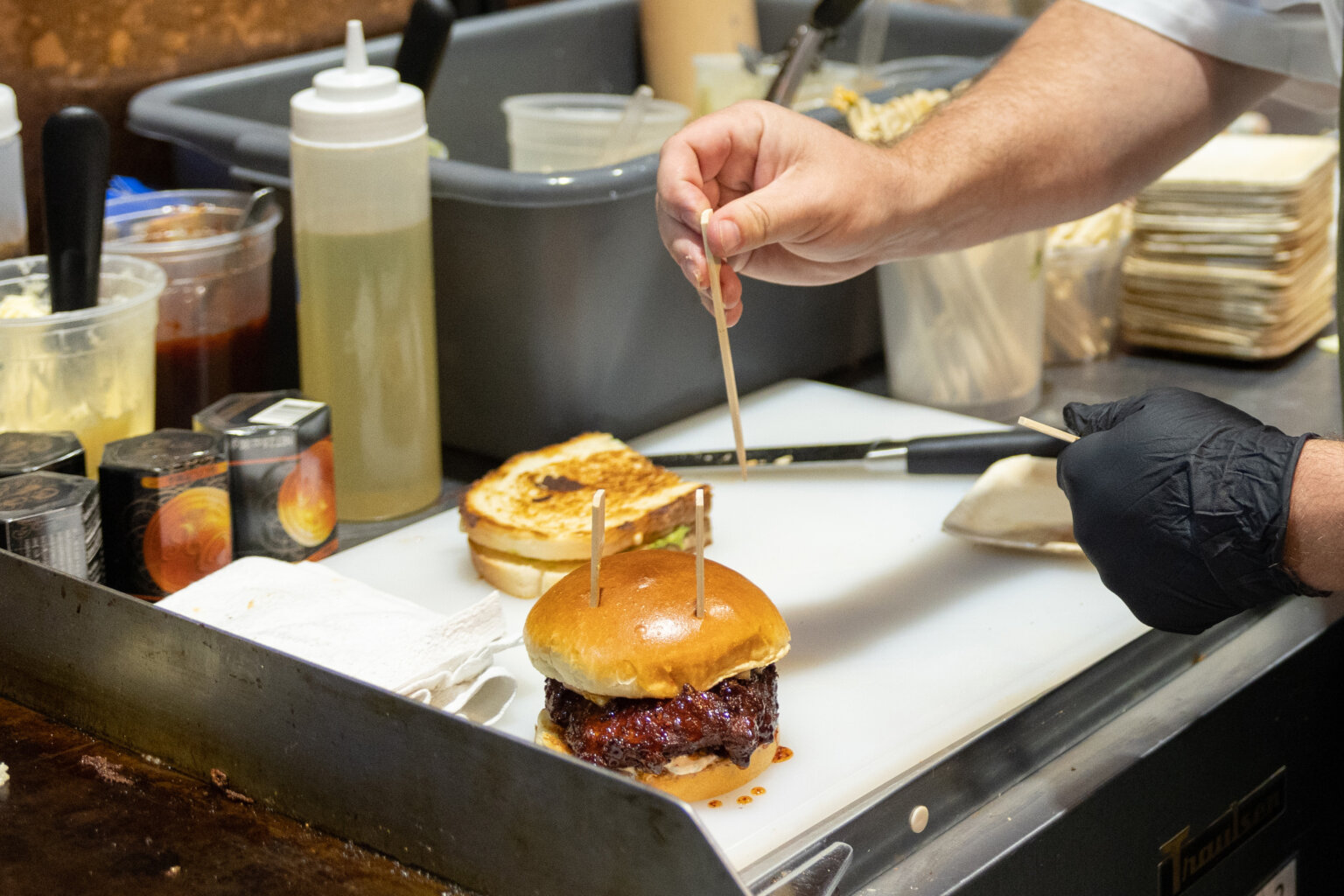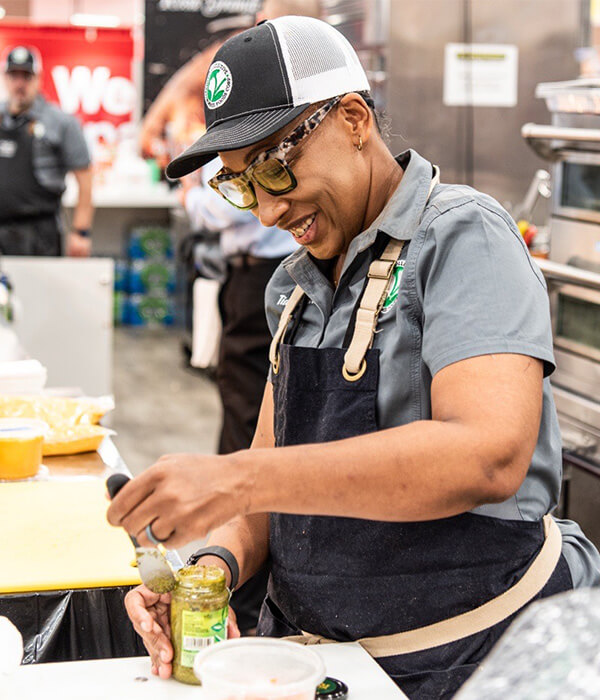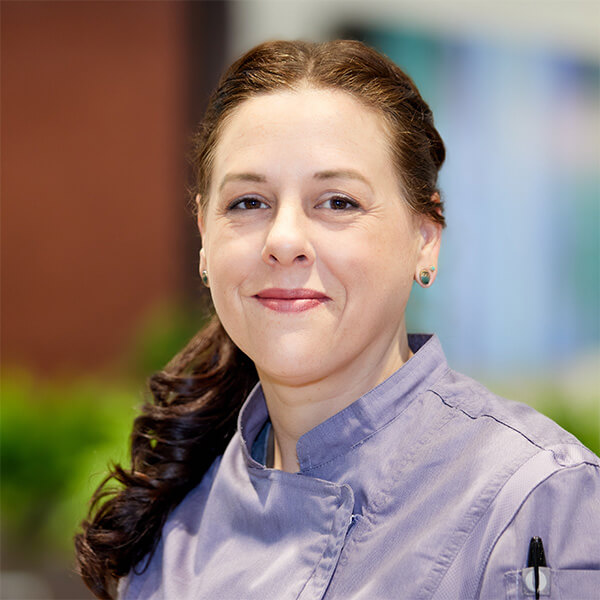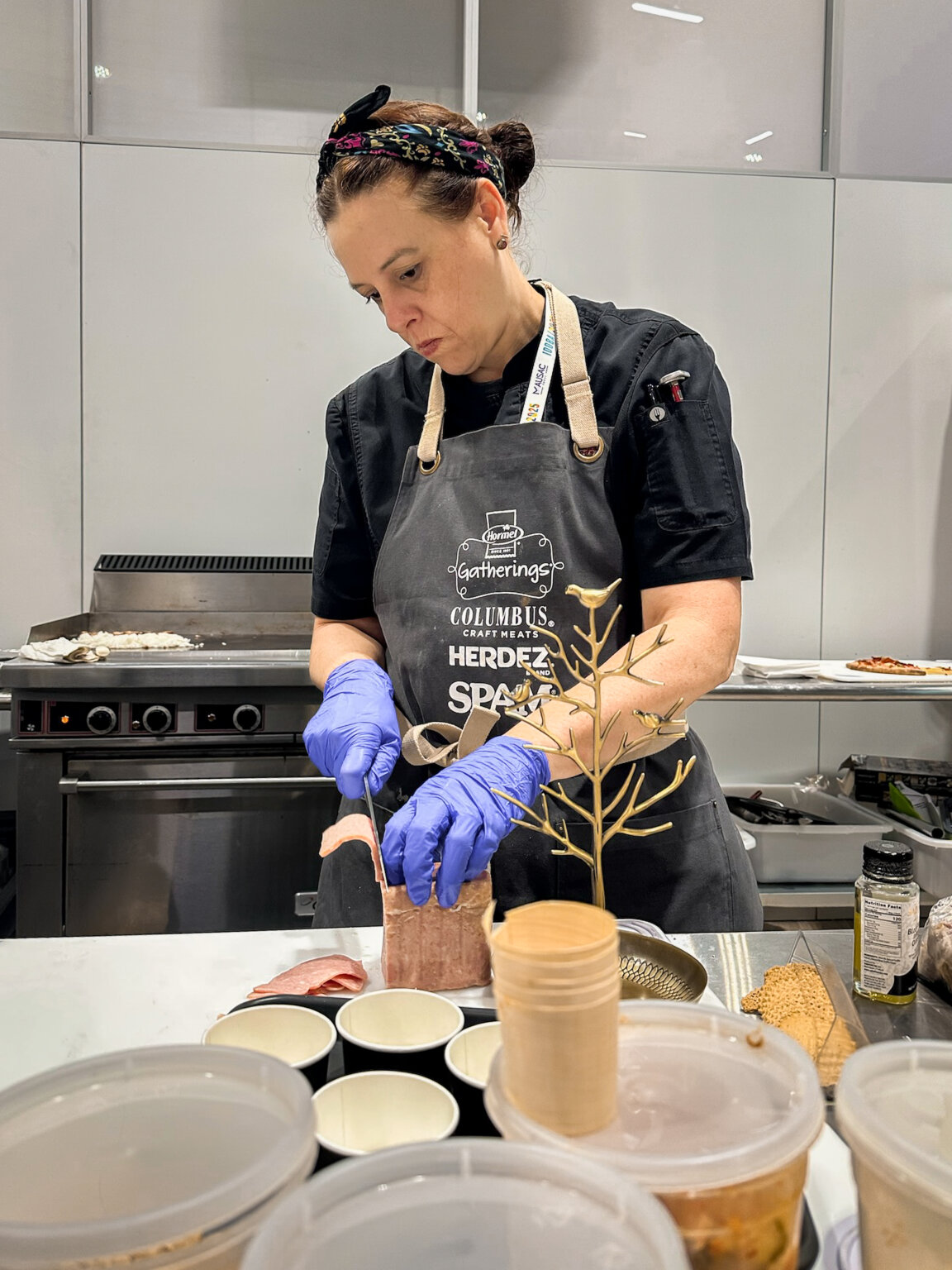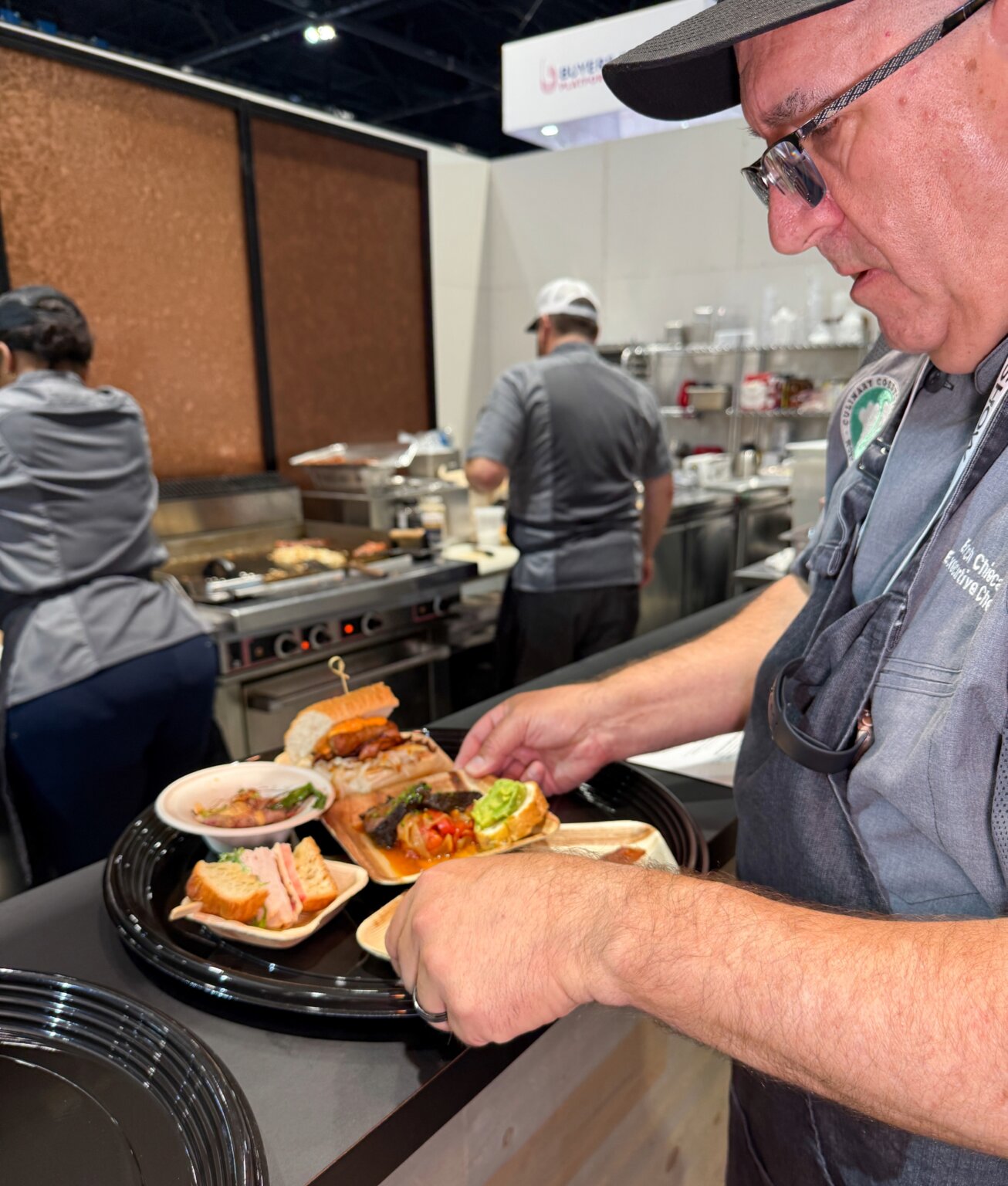“The variety of backgrounds and expertise we each bring to the table makes us an even stronger, more effective team,” said Tia Raiford, senior chef at Hormel Foods and the newest member of the Culinary Collective. Raiford focuses on specialized foodservice channels, including senior living, healthcare and military. “There’s a great collaborative spirit here. That’s one of the things I like most about this group.”
“We decided to unify the team so we could create consistency, share knowledge and be more nimble in how we support the business,” said Annemarie Vaupel, vice president of marketing for the Foodservice division at Hormel Foods. “With the Culinary Collective, we wanted a shared service model for the entire company. This helps us bring chef-inspired food concepts to life and facilitates meaningful customer engagement.”
Since its creation, the Culinary Collective has become a trusted resource across the enterprise — whether that means developing concepts for a trade show, brainstorming product applications with R&D or partnering directly with customers.
“Our role as chefs is not only to create, but also to listen, understand and adapt to what the consumer is asking for,” Forbis said. “By staying in tune with constantly evolving tastes and preferences, we’re able to create products that resonate with the modern consumer.”
The Culinary Collective operates like a creative engine behind the scenes, with chefs working in collaboration with cross-functional teams across the company, shaping ideas from concept to launch with a consumer-first approach.
“We all bring something different to the table,” Forbis said. “We talk about different products, things that we might be developing, trends that we’re seeing, things that maybe we saw at a restaurant and want to recreate in a retail version. There’s so much to consider, and the group functions like a think tank for those ideas, which is really exciting.”
“Some of these operators are often working with limited resources, whether it’s labor, training, or time,” said Raiford, who frequently consults with these customers on food-prep and labor-saving strategies. “Sometimes, they just need someone to help them see what’s possible.”
More Than Just Flair
Across every foodservice and retail channel, the chefs of the Culinary Collective never lose sight of the individuals who ultimately enjoy the final product.
“Chefs holistically love to please people,” Chieca said. “At the end of the day, if I can put food on your plate that you go crazy over and you are absolutely happy, there’s nothing better than that to me.”
Today, that passion is paired with deep product knowledge and operational insights. Collective members demonstrate how products and ingredients perform in real-world kitchens, how they help solve back-of-house challenges and how a good menu idea can become a long-term signature.
For the chefs themselves, the work remains deeply rewarding. “I take incredible pride in being part of the Culinary Collective,” Forbis said. “I love my job, and I love the direction we’re headed as a company.”

